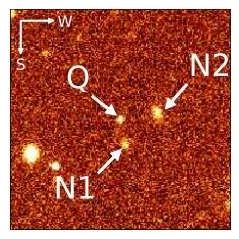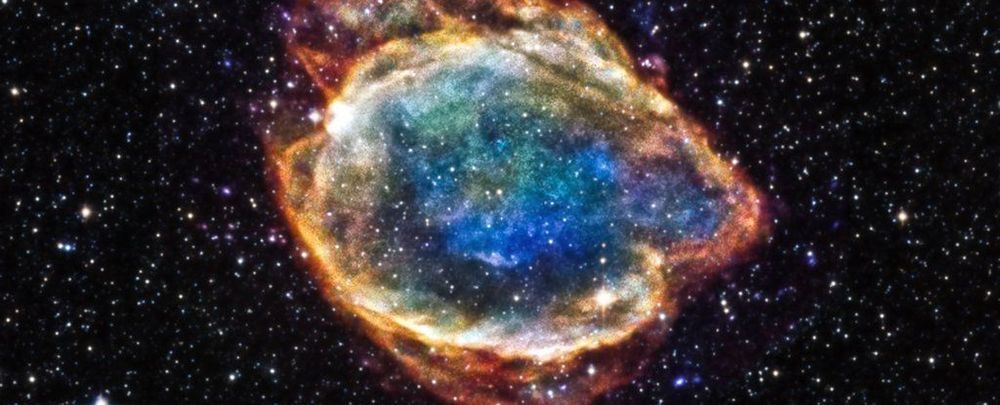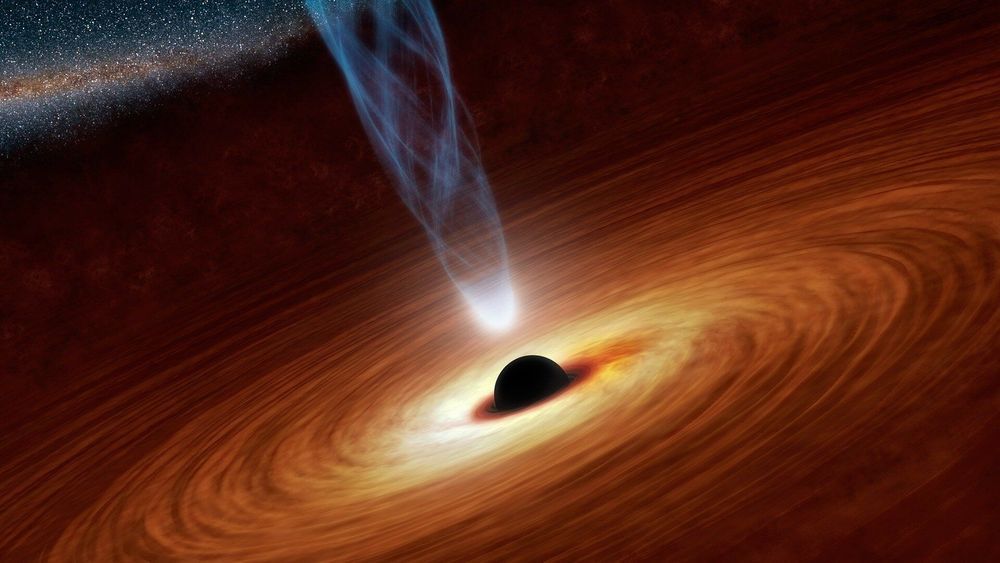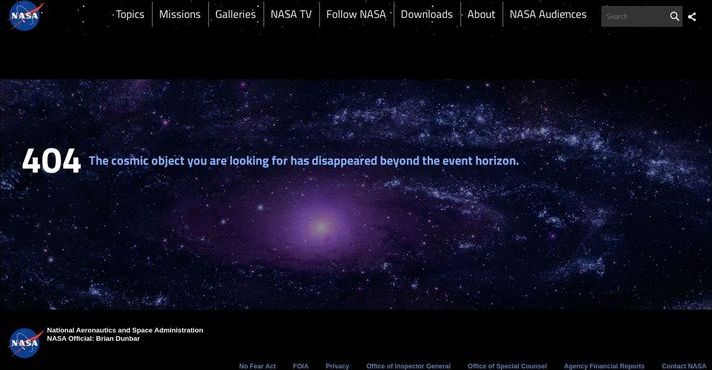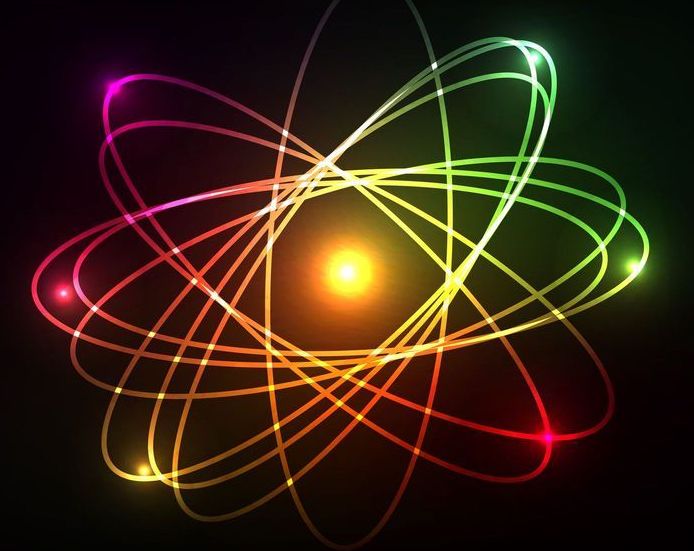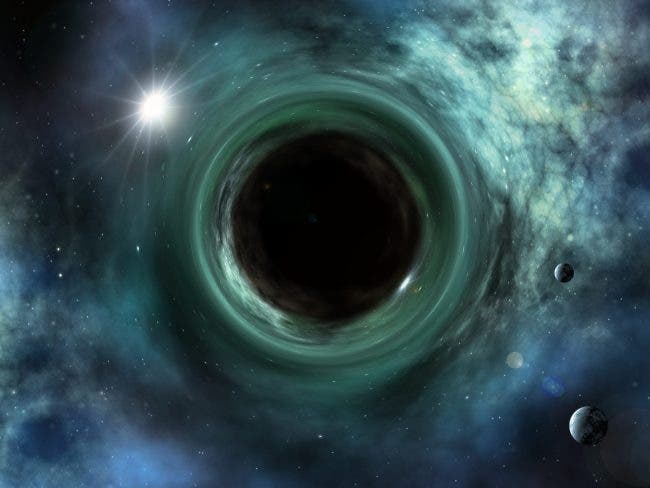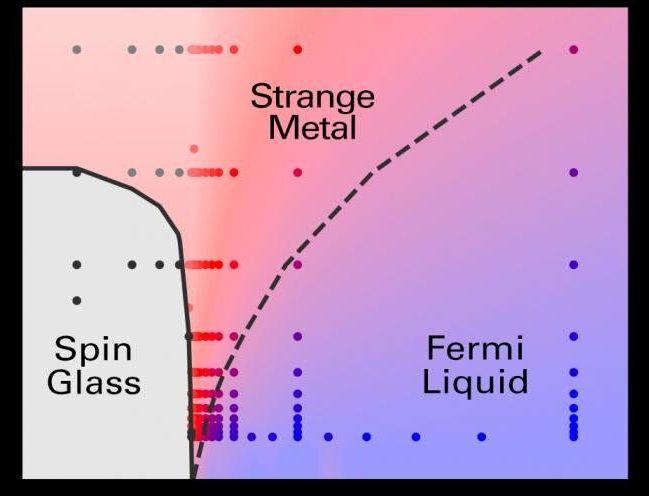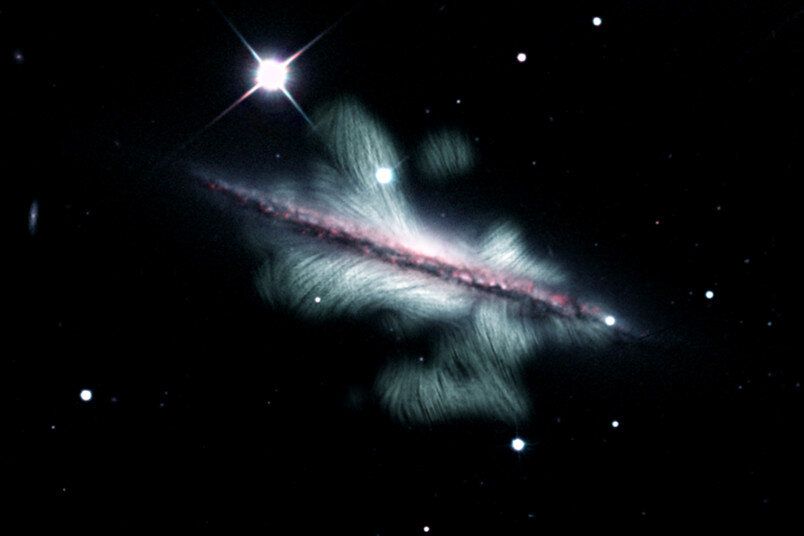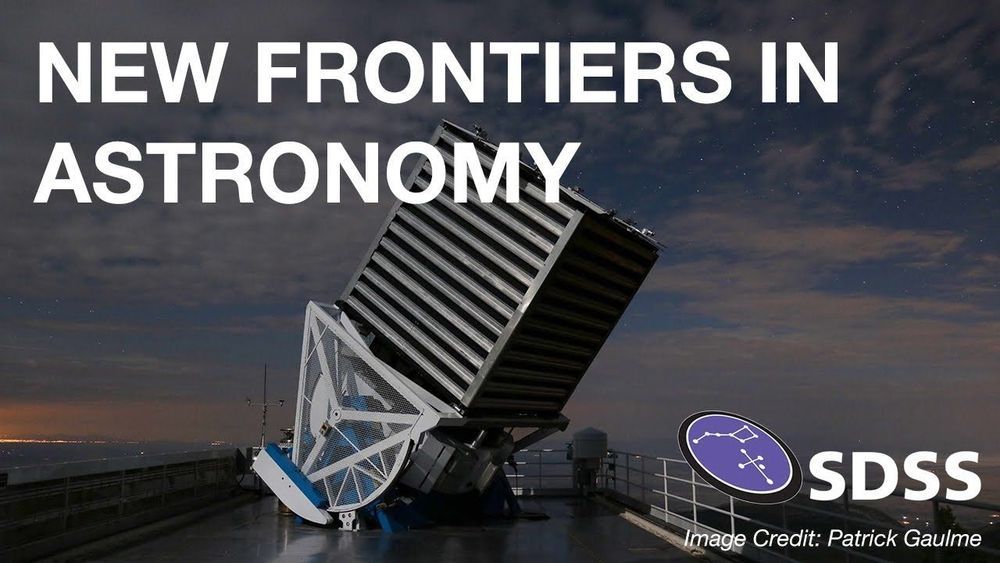Jul 28, 2020
Two new high-redshift red quasars discovered
Posted by Quinn Sena in categories: cosmology, evolution, existential risks
Using the Subaru Telescope, astronomers have identified two new dust-reddened (red) quasars at high redshifts. The finding, detailed in a paper published July 16 on the arXiv pre-print server, could improve the understanding of these rare but interesting objects.
Quasars, or quasi-stellar objects (QSOs), are extremely luminous active galactic nuclei (AGN) containing supermassive central black holes with accretion disks. Their redshifts are measured from the strong spectral lines that dominate their visible and ultraviolet spectra. Some QSOs are dust-reddened, hence dubbed red quasars. These objects have non-negligible amount of dust extinction, but are not completely obscured.
Astronomers are especially interested in finding new high–redshift quasars (at redshift higher than 5.0) as they are the most luminous and most distant compact objects in the observable universe. Spectra of such QSOs can be used to estimate the mass of supermassive black holes that constrain the evolution and formation models of quasars. Therefore, high-redshift quasars could serve as a powerful tool to probe the early universe.
